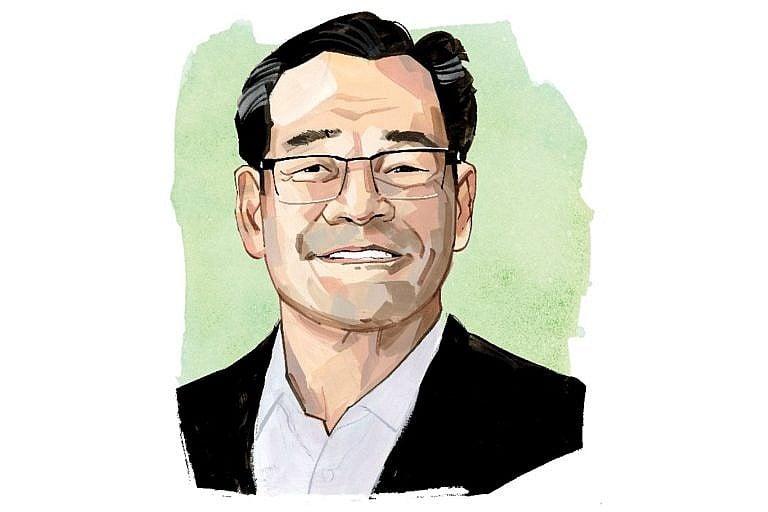Where did all the rental cars go?
Supply-chain issues are largely to blame for the Canada-wide scramble for vacation vehicles. Just don’t call it a “carpocalypse.”

Share

When stay-at-home orders went into effect two years ago, the travel industry came to a standstill. Demand for rental cars went down to virtually zero. In response, Canadian rental car operators were forced to sell off large chunks of their fleets and let staff go. Depending on the company, that may have amounted to as many as 30 to 40 per cent of their vehicles and staff. In some parts of the country, rental prices increased by a third, according to Statistics Canada. These prices are in line with what it costs us to buy and maintain vehicles in 2022.
Canadian rental companies are dealing with the same supply-chain issues that are affecting everybody right now. There’s been a shortage of semiconductors—the microchips used in vehicle production—since 2020, which means that, at times, our car supply has been either dramatically reduced or cut off completely. Out-of-service vehicles are taking a lot longer to get fixed because of parts delays. Operational costs are going up because we have to run vehicles a lot longer than normal. All of this is being passed on to the consumer. In general, demand is outstripping the supply of new vehicles. This should sound familiar to any Canadian who’s recently considered purchasing a car.
Unfortunately, the situation is largely out of our control; the rental industry can’t build its own cars. It falls on manufacturers to get back to full production. According to Cox Automotive, an industry insights group, sales of new vehicles to American rental fleets were down almost 70 per cent in June of 2022, compared to pre-pandemic levels. That’s pretty close to what we’re seeing in Canada, too. Automakers have always prioritized the (much larger) retail customer base over rental companies, but once things are back to normal, we’d like to see more cars allocated our way.
There are issues beyond manufacturing. One is the same problem that all service industries are facing: finding employees. Another is the theft of catalytic converters, which has increased by multiples since the start of the pandemic. The precious metals inside this car part—palladium, rhodium and platinum—are more valuable than gold. Rental cars are disproportionately targeted. (People know where to find a lot of them in one spot.) As a result, Alberta and Manitoba recently introduced new regulations that require scrap yards to record information on sellers and bar cash payments. Other provinces now need to follow suit.
I find the term “carpocalypse” to be sensational. Yes, rental prices are still elevated, but they’re starting to come down a bit from last summer, which is a sign that supplies are slowly starting to recover. My advice for consumers is to book cars early, but continue comparison shopping afterwards. You may actually find a better selection closer to your travel date. And, because of price volatility, high no-show and cancellation numbers have led to last-minute openings.
There is a concern that if car costs stay this high, we’ll lose some customers—they’ll either cancel their trips or seek out alternate transportation. But I think prices will stay above pre-pandemic rates for a while. We’d like to get our fleets back to a level that can serve all the travellers we know are still out there.
This is part of the Maclean’s Guide to the Economy, which appeared in the September 2022 issue. Read the rest of the package, order your copy of the issue, and subscribe to the magazine.
